An entrance interior is an often-overlooked opportunity to bring personality into the home. What will you do with yours?
Janell Beals February 8, 2016 – Houzz Contributor
Painting the exterior of a home’s front door a distinctive color is one of the fastest ways to add character and enhance curb appeal. But too often that’s where the color stops, resulting in a missed opportunity to carry the improvement into the entry by painting the other side of the door as well. If this is the case at your home, consider extending the exterior door color inside — or select another hue that both coordinates with the exterior while setting the design tone for the entry.
Here’s an entry that’s simply bursting with happy personality, thanks in large part to the color of the door. Just imagine if the door was white —much of the impact and charm would be lost.
In this example, the interior side of the door remains white. However, with the door ajar we see the pretty color selected for the exterior, giving us a glimpse of how the entry would read if the sky blue had been continued on the other side.
Crisp white on doors, trim and walls is classically attractive, yet a different kind of appeal is certainly possible when color is extended inside. The pale blue on this door is Farrow & Ball Blue Ground.
Is there a favorite color you’d like to see enhancing the inside of your front door? Painting a door is a fairly simple one-day or weekend DIY job, depending on experience level. Here are the supplies and steps to get you on your way to a more colorful entry:
(Note: The steps will vary slightly depending on the door material and any previous paint, varnish or stain used on the door.)
Step 1. Begin by gathering your supplies: medium- and fine-grit sandpaper, tack cloth, painters tape, brush, adhesion primer and semigloss paint.
Step 2. Lightly sand the door to remove the top layer of varnish, paint or stain and give the surface a “tooth” for the primer to adhere to. Start with medium-grit sandpaper and finish with fine-grit; wipe clean with tack cloth.
Step 3. Tape the door edges and any hardware, leaving only the surfaces to be painted exposed.
Step 4. Paint a layer of primer. Consider KILZ Adhesion Primer, designed to bond to a variety of tough-to-paint surfaces.
Step 5. Let the primer dry, then very lightly sand with fine-grit sandpaper.
Step 6. Wipe clean with tack cloth.
Step 7. Apply the first coat of paint. This may be enough in many cases, or, depending on the color used, a second coat may be required for optimal results. If so, repeat steps 5 and 6, followed by the second coat.

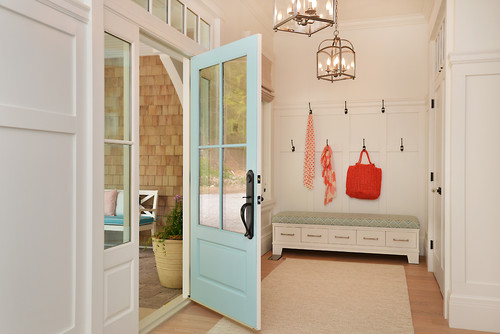

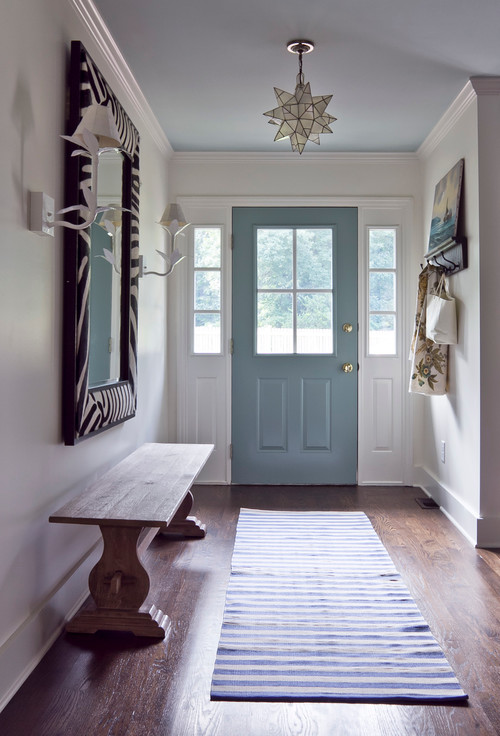


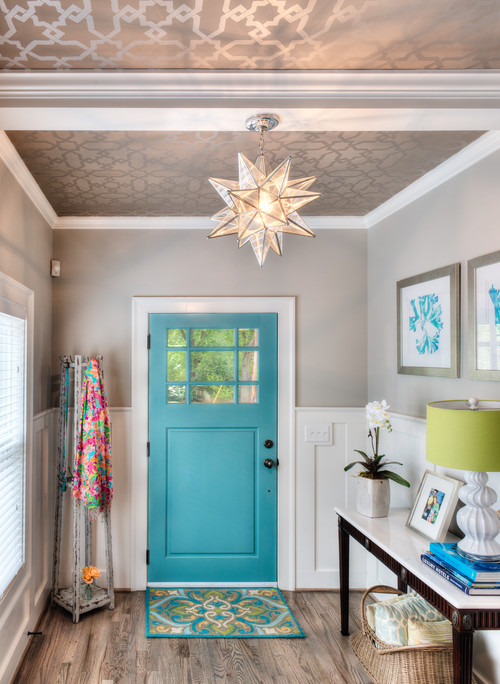


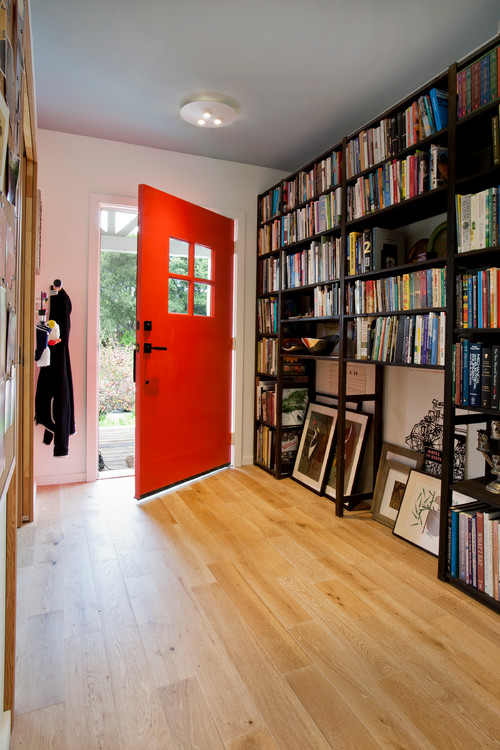




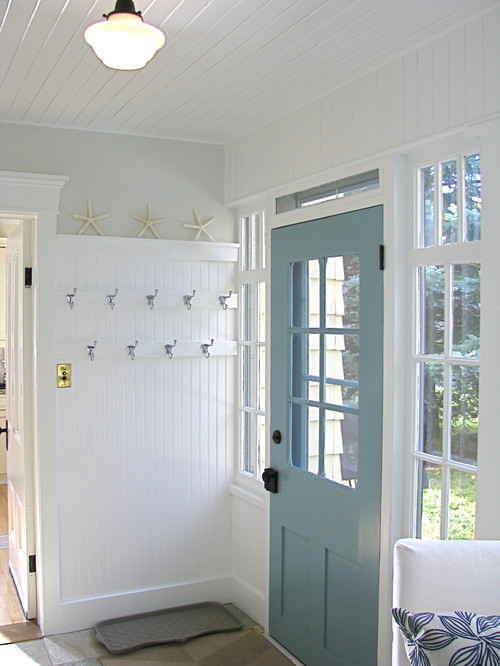
Leave a Comment
You must be logged in to post a comment.